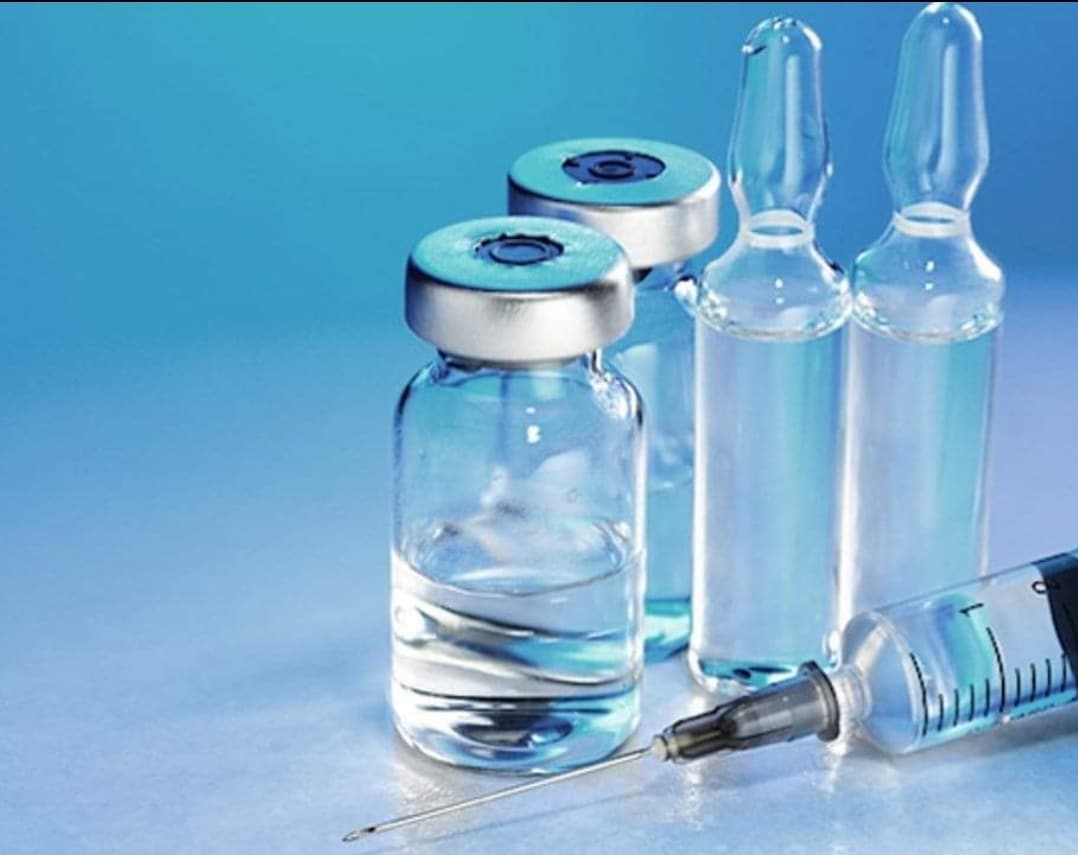USP Uniformity of Content Testing of Injections
The USP (United States Pharmacopeia) Uniformity of Content Testing is a critical quality control procedure that ensures consistency in potency among individual units of injectable and parenteral products. This testing is particularly important for pharmaceuticals where even minor variations can impact patient safety and efficacy.
When conducting this test, we follow the USP General Chapter 905 which provides a standardized method for ensuring that individual units of dosage form contain similar amounts of active ingredient. This is achieved through the use of high-performance liquid chromatography (HPLC) or other appropriate analytical methods.
The testing process involves several steps: first, we prepare the sample by dissolving it in an appropriate solvent and filtering it to ensure clarity. The solution is then injected into the HPLC instrument for analysis. The retention times of the peaks are measured and compared against a standard curve. The percentage content of each unit is calculated based on these measurements.
Failure rates, which indicate how many units fall outside the acceptable range, play a crucial role in this process. These failure rates must comply with the limits set by the USP. Typically, no more than 20% of the units can exceed the specified limit, and at least 80% should be within the acceptance criteria.
The importance of this test cannot be overstated. Consistency in potency is essential for ensuring that every patient receives the correct dose of medication, which directly impacts therapeutic efficacy and safety. This is particularly critical in injectable products where variations could lead to severe side effects or ineffective treatment.
- Consistent Potency: Ensures each injection unit contains similar amounts of active ingredients.
- Patient Safety: Reduces the risk of adverse reactions due to potency differences.
- Therapeutic Efficacy: Guarantees that all units provide effective treatment as intended by the manufacturer.
The testing process is not only about compliance with regulations but also about maintaining the integrity and reputation of pharmaceutical companies. It helps in identifying potential issues early on, allowing for corrective actions to be taken before products reach the market.
In conclusion, USP Uniformity of Content Testing of Injections is a vital step in ensuring that injectable and parenteral products meet the highest standards of quality and safety. By adhering to this testing method, pharmaceutical companies can produce reliable medications that deliver consistent results for patients.
Why It Matters
The significance of USP Uniformity of Content Testing cannot be overstated in the realm of pharmaceuticals. Consistency in potency is paramount for several reasons:
- Patient Safety: Ensures that no unit contains an excessive amount of active ingredient, which could lead to toxicity.
- Efficacy: Guarantees that every patient receives the intended dose, maximizing therapeutic outcomes.
- Regulatory Compliance: Adherence to USP standards is a legal requirement that protects consumers and manufacturers alike.
In addition to these benefits, uniformity testing also enhances brand reputation. Companies that consistently meet high-quality standards are more likely to gain public trust and maintain a loyal customer base.
The potential consequences of failing this test can be severe. Non-compliance with USP standards can lead to product recalls, legal action, and damage to the company's reputation. Therefore, it is essential for pharmaceutical companies to invest in robust testing protocols and reliable instruments.
Benefits
The benefits of USP Uniformity of Content Testing extend beyond mere compliance with regulatory standards. These tests offer numerous advantages that contribute to the overall quality and safety of injectable products:
- Enhanced Patient Safety: Ensures that each injection contains consistent amounts of active ingredients, reducing the risk of adverse reactions.
- Increased Therapeutic Efficacy: Guarantees that patients receive the intended dose, optimizing treatment outcomes.
- Improved Reputation: Demonstrates a commitment to quality and safety, enhancing brand reputation and consumer confidence.
- Minimized Risk of Recall: Early detection of inconsistencies helps prevent potentially harmful products from reaching the market.
By implementing this testing method, pharmaceutical companies can ensure that their injectable products meet the highest standards of quality and safety. This not only protects patients but also enhances the company's standing in the industry.
Why Choose This Test
- Comprehensive Quality Assurance: Ensures consistent potency across all units, enhancing patient safety.
- Regulatory Compliance: Meets stringent USP standards for injectable products.
- Data Reliability: Provides accurate and repeatable test results, supporting decision-making processes.
- Innovation Support: Facilitates the development of new formulations by identifying potential issues early in the process.
- Cost Efficiency: Identifies and corrects quality issues before they become costly problems down the line.
- Customer Satisfaction: Ensures that every patient receives a consistent, effective product.
Selecting USP Uniformity of Content Testing is not just about meeting regulatory requirements; it's about building trust and ensuring excellence in product quality. This testing method provides pharmaceutical companies with the tools they need to produce reliable injectable products that meet both internal and external expectations.





